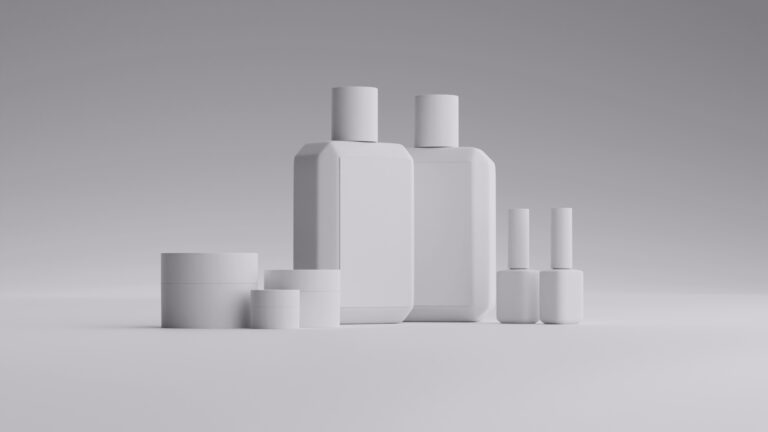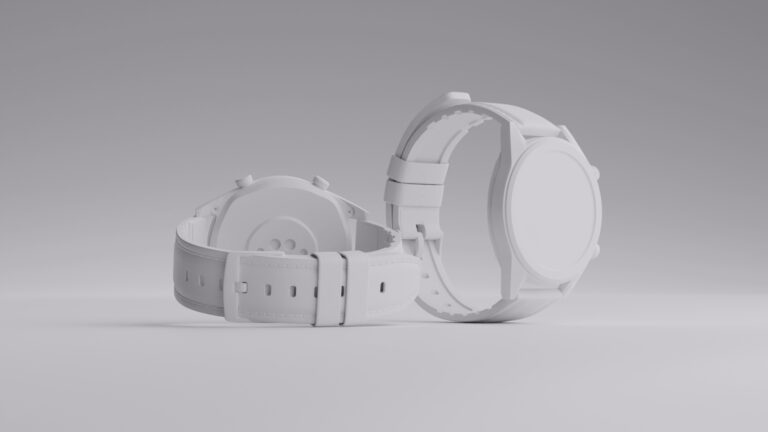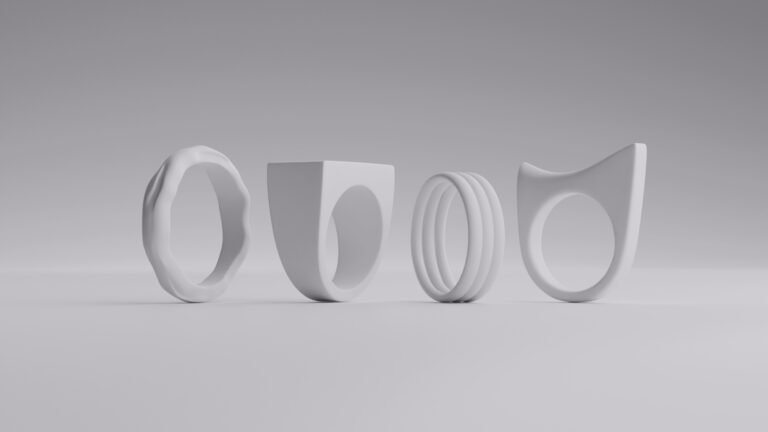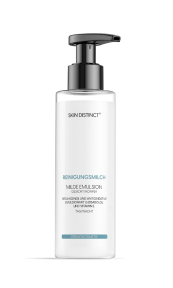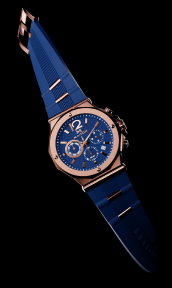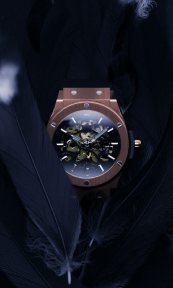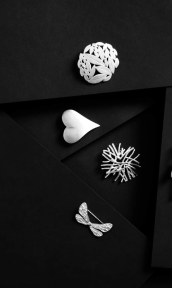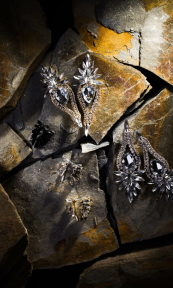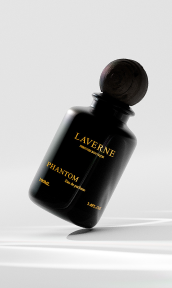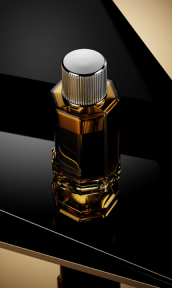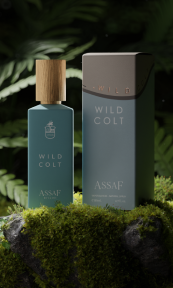In the fast-paced world of e-commerce, first impressions are everything. The way your products are presented online can make or break a sale. High-quality photography is essential in capturing the attention of potential customers, conveying the value of your products, and ultimately driving conversions. As the digital marketplace grows, so does the demand for top-notch product imagery.
But with various photography options available, how do you choose the right type of product photographer for your e-commerce website in the UK? This article will guide you through the different types of product photographers and introduce an innovative solution that could transform your online store.
The Critical Role of Photography in E-Commerce

Before diving into the types of photographers, it’s important to understand why photography is so crucial in e-commerce. Unlike physical stores where customers can touch, feel, and see products up close, online shopping relies solely on visuals and descriptions. This makes product photography one of the most critical elements in influencing purchasing decisions.
Building Trust and Credibility: High-quality images not only showcase the product but also build trust and credibility for your brand. Clear, professional images signal to customers that your business is legitimate and that your products are of high quality. Conversely, low-quality, poorly lit images can raise doubts about the product’s authenticity and the brand’s reliability, leading to lost sales.
Enhancing Product Appeal: Photography has the power to enhance the perceived value of a product. Through the use of proper lighting, angles, and composition, a well-executed photograph can make a product look more attractive, desirable, and luxurious. For instance, a simple piece of jewelry can be transformed into an object of desire with the right photography, highlighting its intricate details, sparkle, and craftsmanship.
Communicating Product Details: For many products, especially those that are complex or have unique features, photography is essential in communicating details that words alone cannot convey. Close-up shots, 360-degree views, and images showing the product in use can provide customers with a comprehensive understanding of the product, reducing the likelihood of returns due to unmet expectations.
Driving Conversions: The ultimate goal of e-commerce photography is to drive conversions. Research shows that customers are more likely to purchase a product if they can see multiple, high-quality images of it from different angles. Images that show the product in various contexts—such as lifestyle shots—can also help customers envision how the product fits into their lives, further encouraging them to make a purchase.
Reducing Return Rates: One of the challenges of e-commerce is the high rate of product returns, often due to the product not meeting customer expectations. High-quality, accurate photography can help mitigate this issue by providing a true representation of the product. When customers know exactly what they’re getting, they’re less likely to be disappointed and return the item.
Creating a Consistent Brand Image: Consistency in product photography is key to establishing a strong brand identity. By using a consistent style, color palette, and presentation across all product images, you create a cohesive brand image that resonates with your audience. This consistency not only strengthens brand recognition but also enhances the overall shopping experience, making your online store more professional and appealing.
Improving SEO and Visibility: Beyond aesthetics, product photography also plays a role in your website’s search engine optimization (SEO). Well-optimized images with proper alt text and file names can improve your site’s visibility in search engine results, driving more traffic to your ecommerce store. Moreover, attractive images are more likely to be shared on social media, further boosting your brand’s visibility and reach.
In conclusion, photography is not just an accessory to e-commerce—it is a cornerstone. The quality, style, and presentation of your product images directly influence how potential customers perceive your products and, ultimately, whether they choose to make a purchase. Investing in high-quality photography is crucial for any e-commerce business aiming to stand out in a competitive market and achieve long-term success.
Types of Product Photographers

Choosing the right type of photographer for your e-commerce website is crucial to effectively showcasing your products and aligning with your brand’s identity. Different photographers bring unique strengths and specialties to the table, each catering to specific needs within the e-commerce space. Below, we explore the various types of product photographers and the distinct advantages they offer.
Commercial Photographers
Commercial photographers are experts in crafting images that drive sales. They have a deep understanding of how to highlight a product’s most appealing features using studio lighting, meticulous composition, and post-production techniques. These photographers are adept at creating images that align with a brand’s marketing strategy and resonate with the target audience.
These types of photographers tend to excel in products that need to be presented clearly and attractively, such as fashion, electronics, or beauty products. Commercial photographers excel in delivering consistent, high-quality images that enhance the professional appeal of your product listings.
Lifestyle Photographers
Lifestyle photographers specialize in capturing products within real-world contexts, helping customers visualize how the product can fit into their daily lives. This approach not only shows the product in use but also connects with consumers on an emotional level, creating a narrative around the product.
This type of photography is for products that are best shown in use or within a specific setting, such as home decor, apparel, or outdoor equipment. Lifestyle photography is perfect for brands that want to communicate a particular lifestyle or ethos through their product images.
Studio Photographers
Studio photographers provide a controlled environment that allows for precise management of lighting, background, and composition. This control results in highly consistent images, which are essential for creating a cohesive look across a product range.
A partnership with these types of photographers will prove fruitful if you have products that require a clean, professional look, such as jewelry, watches, or tech gadgets. Studio photography is particularly effective for catalog images that need to maintain uniformity across multiple listings.
Product Packshot Photographers
Packshot photographers focus on creating detailed, high-resolution images of products against a plain background, often white or transparent. This type of photography is ideal for showcasing the product itself without distractions, ensuring that every detail is visible.
This type of photography is perfect for packaging, consumer goods, and any product where detail is key, such as cosmetics or food items. Packshot photography is essential for online stores that need clear, detailed images to allow customers to inspect the product thoroughly before purchase.
Food Photographers
Food photographers are specialists in making culinary items look irresistible. They understand how to manipulate lighting, angles, and styling to enhance the texture, color, and appeal of food products, making them appear fresh and appetizing.
Restaurants, food and beverage brands, and e-commerce platforms selling gourmet items are the perfect stage for such images. Food photography is crucial for conveying the taste and quality of food products, which can significantly influence purchase decisions.
Architectural and Environmental Photographers
Architectural and environmental photographers excel in capturing products within larger spaces, such as furniture within a room or garden equipment in an outdoor setting. They bring an understanding of spatial composition and environmental lighting, making products look natural and appealing within their intended context.
This style of photography is perfect for furniture, home improvement, and outdoor products. This type of photography helps customers envision how larger products will fit into their own spaces, aiding in the decision-making process.
Each type of product photographer brings a unique set of skills and specialties that cater to different aspects of e-commerce photography. Whether you need the precision of a studio photographer, the contextual storytelling of a lifestyle photographer, or the detail-oriented focus of a packshot or food photographer, selecting the right professional is key to effectively showcase your products. By aligning the photographer’s strengths with your brand’s needs, you can create compelling, high-quality images that not only attract customers but also drive sales and build brand loyalty.
Challenges of Traditional Photography

While traditional photography has long been the go-to method for capturing product images, it comes with several challenges that can be particularly burdensome for e-commerce businesses. Understanding these challenges is crucial for businesses looking to optimize their product photography process and achieve the best possible results.
Cost
One of the most significant drawbacks of traditional photography is the cost. Hiring professional photographers, renting studio space, purchasing or renting equipment, and employing models can quickly add up, especially for businesses with extensive product catalogs. Additionally, each product variation may require a separate shoot, further increasing expenses.
Logistics
Organizing a photoshoot can be a complex logistical undertaking. Coordinating schedules between photographers, models, and other team members, shipping products to the studio, and managing time constraints all add layers of complexity. For businesses with a large inventory or products located in different regions, the logistical challenges can become overwhelming.
Limited Creative Control
Traditional photography can sometimes limit creative control, particularly when working with a photographer who may have a different vision for the product. Once a photoshoot is completed, making adjustments such as changing backgrounds, lighting, or angles often requires an entirely new session, leading to additional time and costs.
Time-Consuming Process
Traditional photography is often a time-consuming process. From planning the shoot to capturing the images and then moving on to post-production, the entire process can take weeks or even months, depending on the scale of the project. This lengthy timeline can be problematic for businesses that need to update product images frequently or respond quickly to market trends.
Inconsistent Results
Achieving consistent results across different product images can be difficult, especially when working with multiple photographers or shooting in different locations. Variations in lighting, camera settings, and post-production techniques can lead to inconsistent images that detract from the overall cohesiveness of your product presentation.
Environmental Constraints
Traditional photography is often limited by environmental factors such as weather, lighting conditions, and available space. For outdoor shoots or shoots requiring natural light, unexpected weather changes can delay the process or compromise the quality of the images. Additionally, certain locations may lack the necessary infrastructure to accommodate a professional shoot, leading to suboptimal results.
While traditional photography has its advantages, it also presents several significant challenges, particularly for e-commerce businesses that require frequent, high-quality product images. The high costs, logistical complexities, limited creative control, and time-consuming nature of traditional photography can hinder a brand’s ability to quickly and efficiently showcase its products. Moreover, achieving consistent results and navigating environmental constraints further complicates the process. For businesses seeking a more flexible, cost-effective, and streamlined approach, exploring alternative methods like CGI product photography may provide the solution needed to overcome these challenges and elevate their online presence.
CGI Product Photography: A Cutting-Edge Solution

As the demands of e-commerce continue to evolve, so do the technologies available to meet those needs. CGI (Computer-Generated Imagery) product photography has emerged as a cutting-edge solution that addresses many of the limitations of traditional photography. Offering a blend of versatility, creativity, and efficiency, CGI is transforming the way businesses showcase their products online. Here’s why CGI product photography is becoming the go-to option for e-commerce brands.
- Versatility – CGI allows for unparalleled flexibility in how products are presented. With CGI, you can create images in any setting, with any background, and under any lighting conditions—all without the need for physical props or locations. This means that seasonal products can be showcased year-round in appropriate settings, or multiple variations of a product can be displayed with ease, simply by altering the digital model.
- Cost-Effectiveness – While the initial setup for CGI might seem higher, it becomes highly cost-effective over time. Once a product is rendered in 3D, the digital model can be reused and manipulated to create countless images without the need for additional photoshoots. This reduces the ongoing costs associated with traditional photography, such as hiring photographers, renting studio space, and coordinating logistics for each new product or variation.
- Creative Control – CGI offers complete creative control over every aspect of the image. From adjusting the lighting to changing the texture and color of a product, CGI allows for precise modifications that can be made at any time. This level of control ensures that the final images perfectly align with your brand’s aesthetic and marketing objectives, enabling you to maintain consistency across all visual content.
- Scalability – CGI is particularly advantageous for businesses with large product catalogs or frequent new product launches. Once a product is rendered in 3D, it can be easily scaled to produce multiple images across different angles, colors, or configurations without the need for additional photoshoots. This scalability allows businesses to quickly update or expand their product offerings online, ensuring that all product images are up-to-date and consistent.
- Faster Time-to-Market -Traditional photography can be time-consuming, especially when coordinating shoots, editing images, and dealing with logistical challenges. CGI significantly reduces the time required to produce high-quality images. Changes can be made instantly, and new product variations can be introduced rapidly. This faster turnaround time is critical for businesses that need to stay ahead of trends, respond to market demands, or launch products quickly.
- Enhanced Product Visualization – CGI enables enhanced visualization techniques that are difficult or impossible to achieve with traditional photography. For example, you can create exploded views of a product to showcase its internal components or generate interactive 360-degree spins that allow customers to view the product from every angle. These advanced visualization options provide customers with a deeper understanding of the product, leading to more informed purchase decisions and higher customer satisfaction.
CGI product photography is revolutionizing the way e-commerce businesses present their products online. With its unmatched versatility, cost-effectiveness, and creative control, CGI offers a powerful alternative to traditional photography, allowing brands to produce stunning, consistent images quickly and efficiently. The scalability and enhanced visualization capabilities of CGI further ensure that businesses can keep pace with the fast-moving e-commerce landscape. For companies looking to elevate their online presence and streamline their product imaging process, CGI product photography is the cutting-edge solution that delivers both visual impact and operational efficiency.
Wrapping up
In the highly competitive world of e-commerce, the quality of your product images can significantly impact your success. While traditional photography has its place, the challenges of cost, logistics, and limited creative control make it less ideal for many businesses. CGI product photography offers a versatile, cost-effective, and highly customizable alternative that can help your products stand out in a crowded marketplace.
For e-commerce businesses in the UK looking to create visually stunning and cost-efficient product images, CGI product photography is the ideal choice. It not only enhances the visual appeal of your products but also provides the flexibility and creative control needed to keep up with the ever-changing demands of the online market.
FAQ
What are the key differences between traditional and CGI product photography?
Traditional photography uses real products and cameras, while CGI creates digital images from 3D models, offering more flexibility and control.
Is CGI product photography more expensive than traditional photography?
Initially, CGI can be more expensive, but it becomes cost-effective over time due to fewer ongoing costs like photoshoots.
Can CGI product photography be used for all types of products?
Yes, CGI can be used for almost any product, from small items to large furniture, and is especially useful for complex or varied products.
How does CGI product photography impact the time it takes to get product images ready for an e-commerce site?
CGI speeds up the process, allowing quick updates and new images without additional photoshoots.
Can CGI product images look as realistic as traditional photos?
Yes, modern CGI can create highly realistic images, often indistinguishable from traditional photography.





